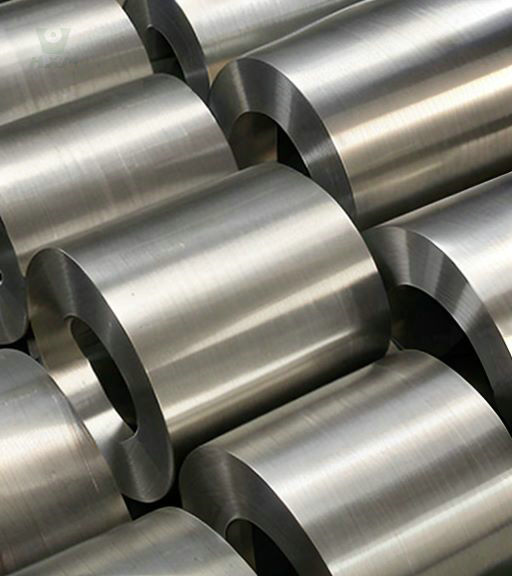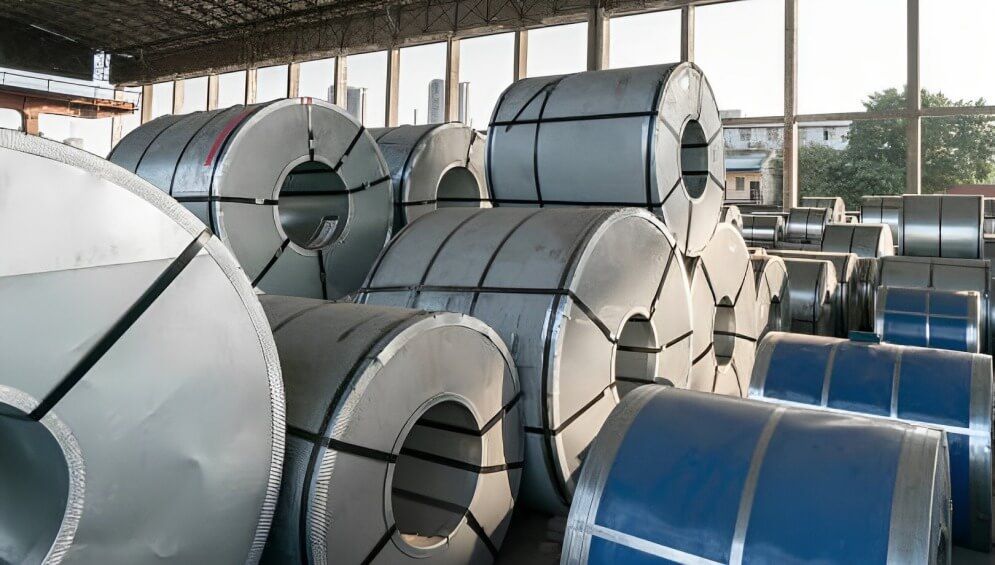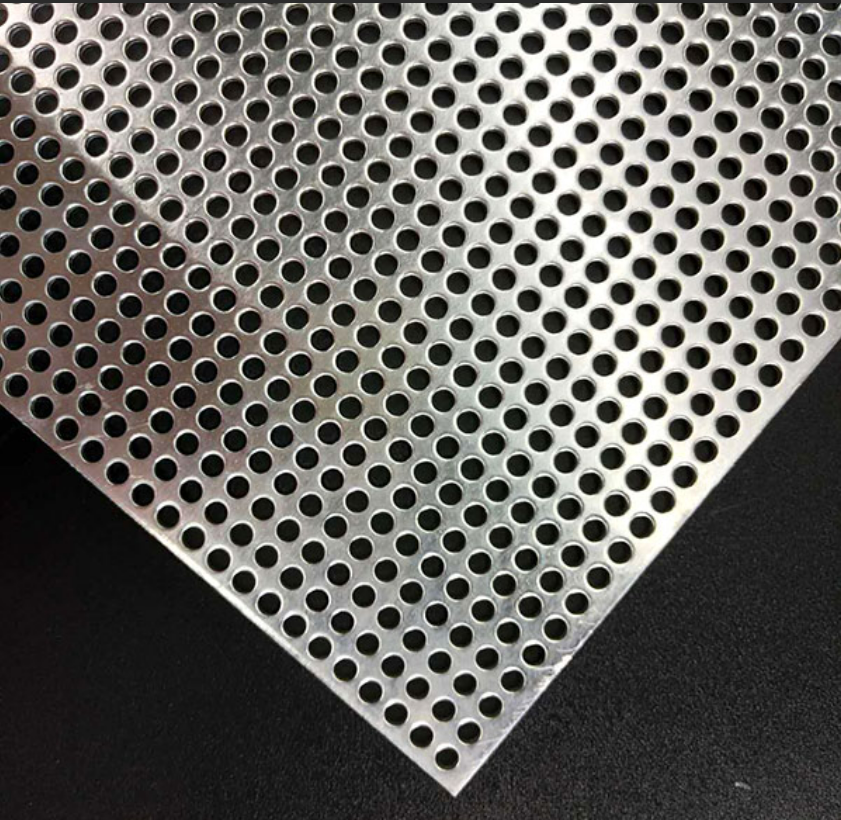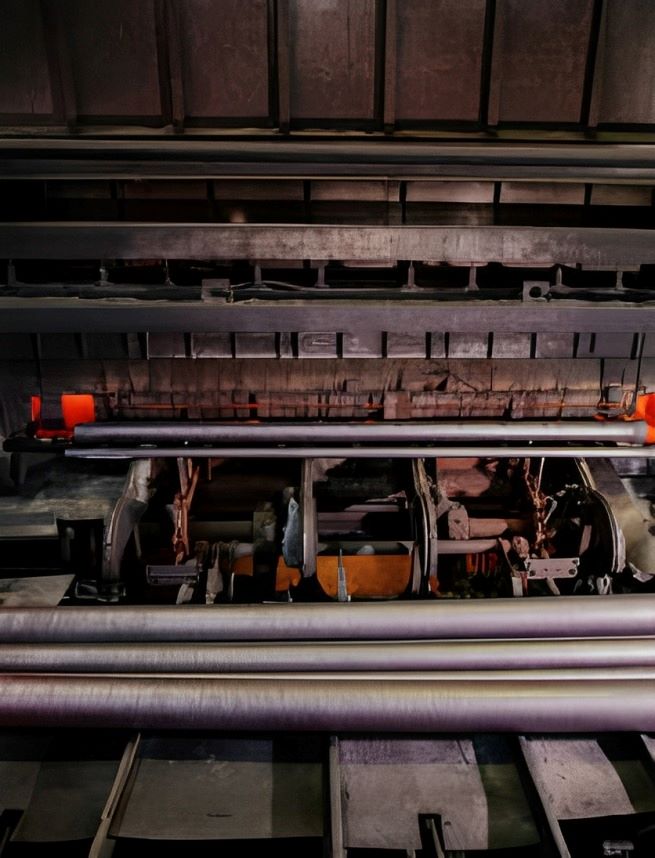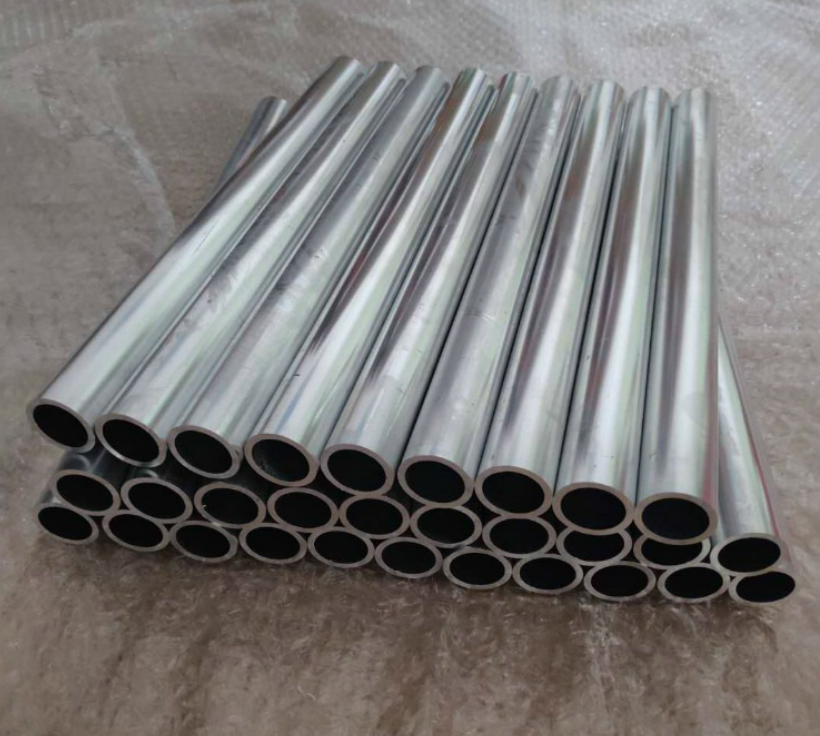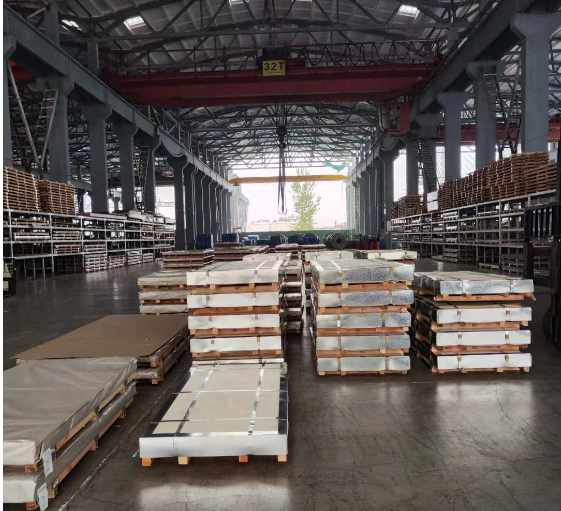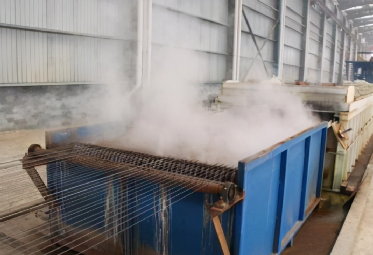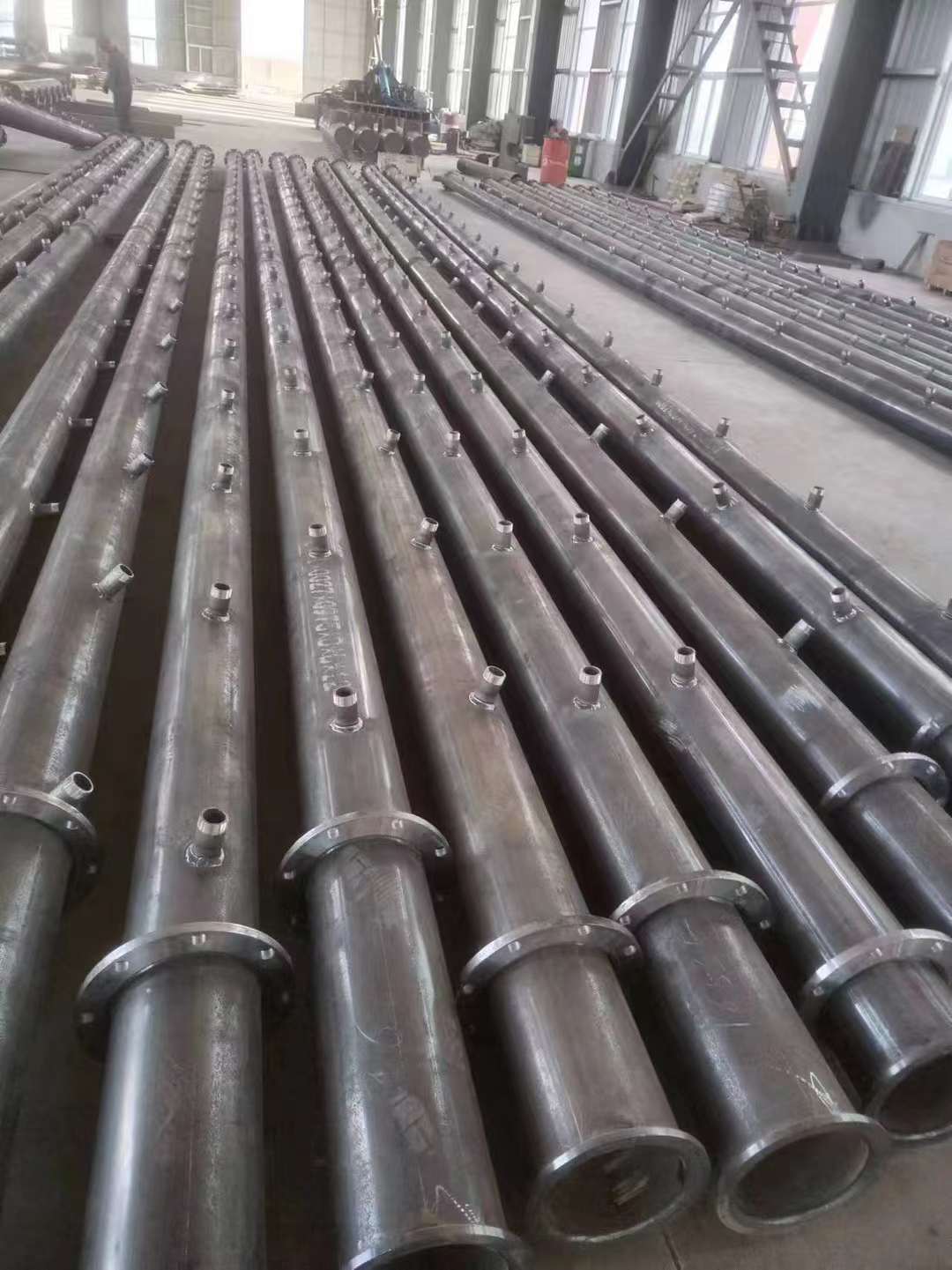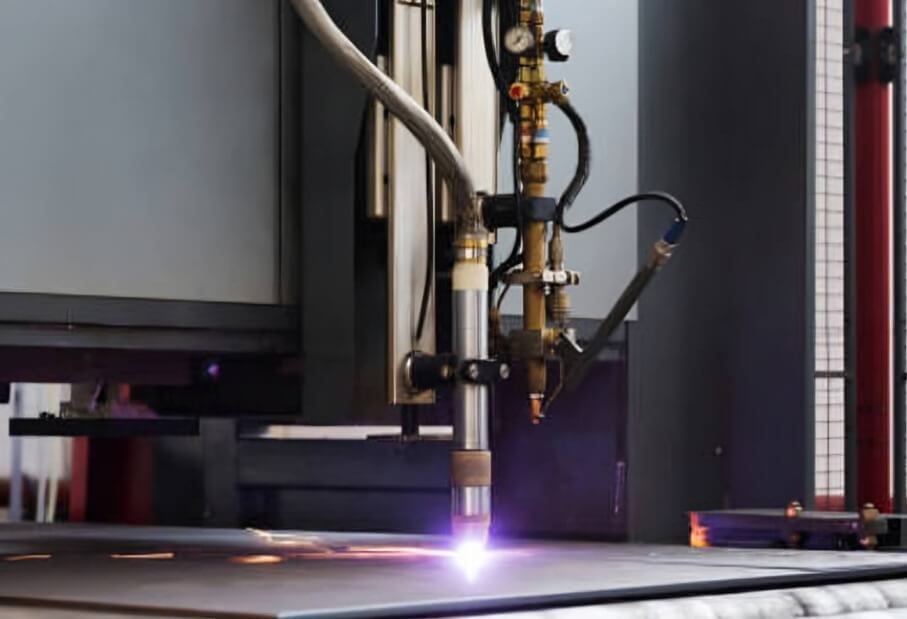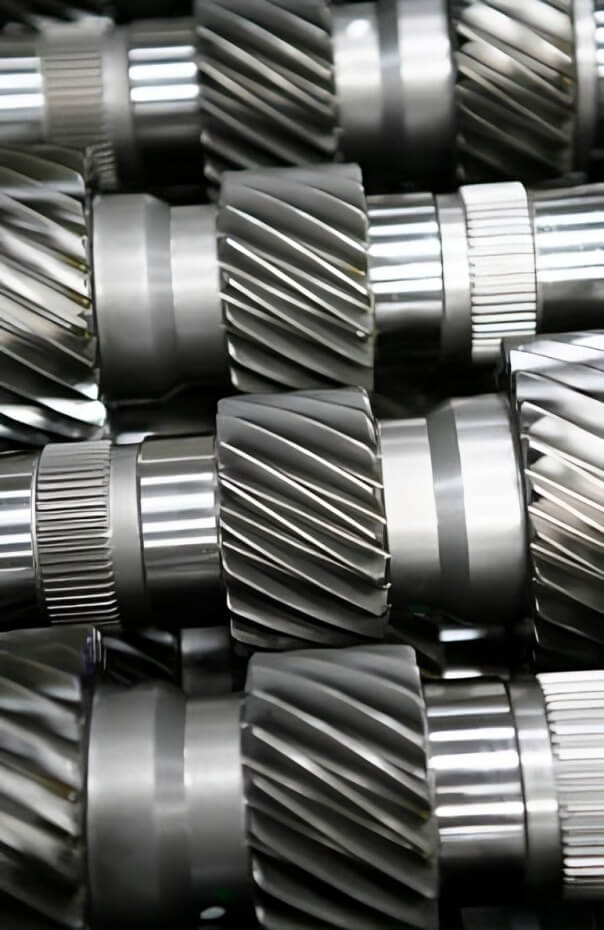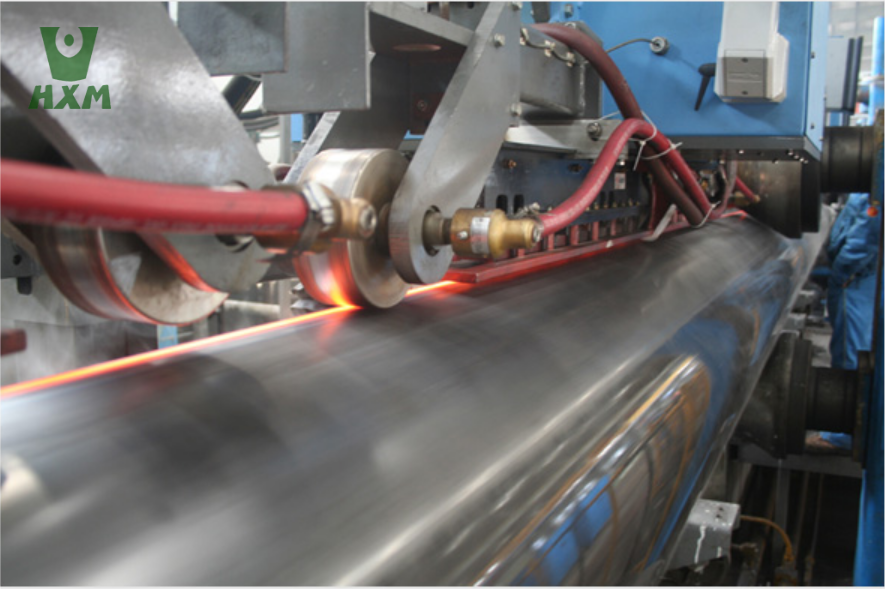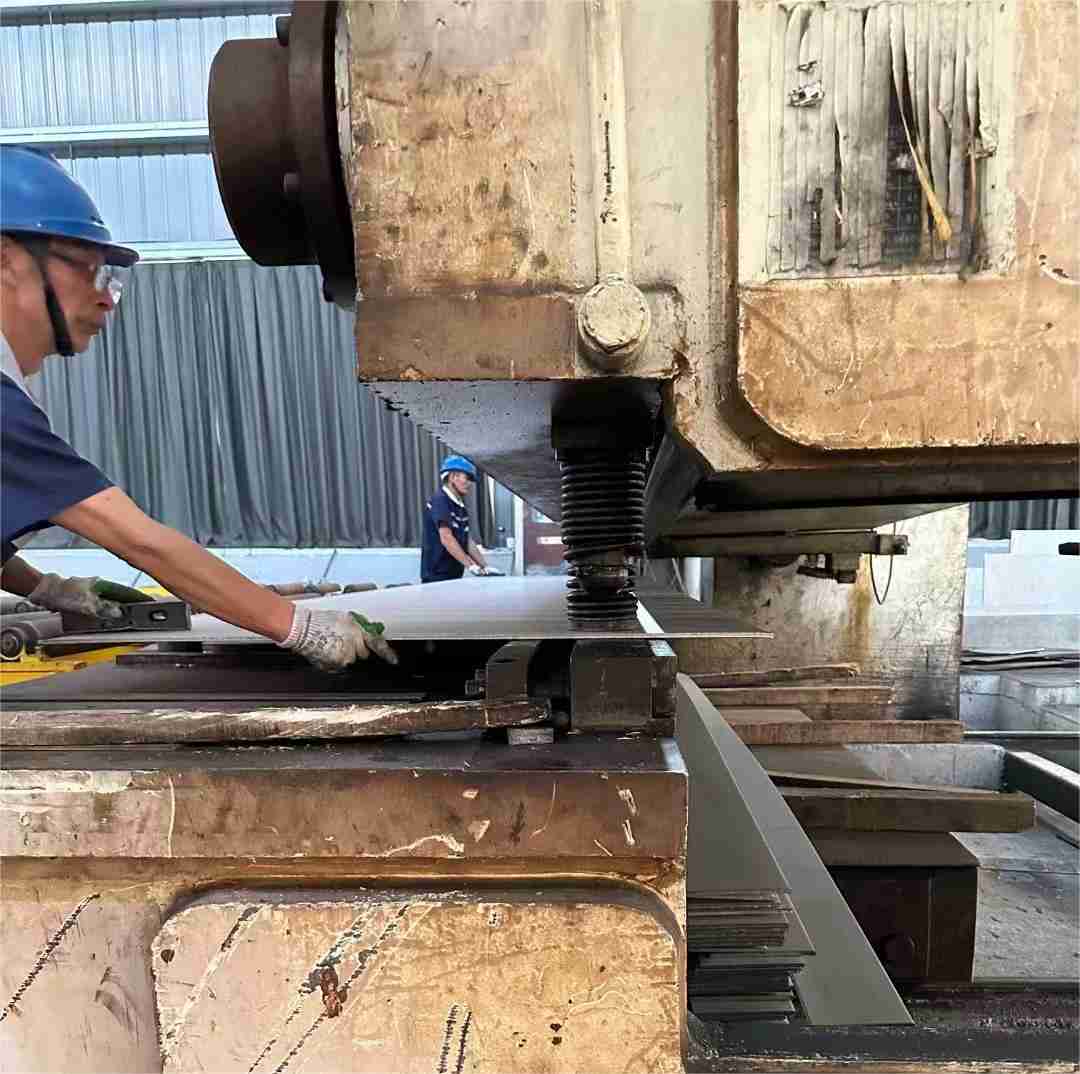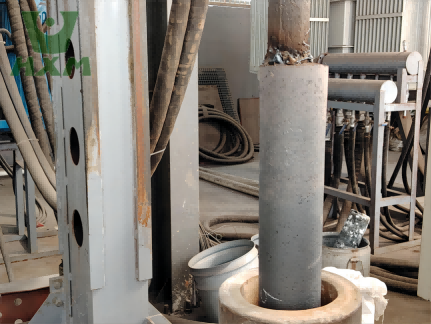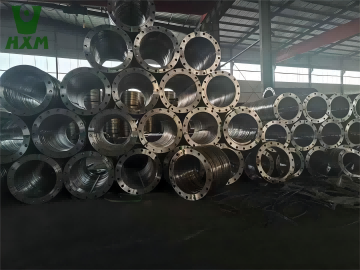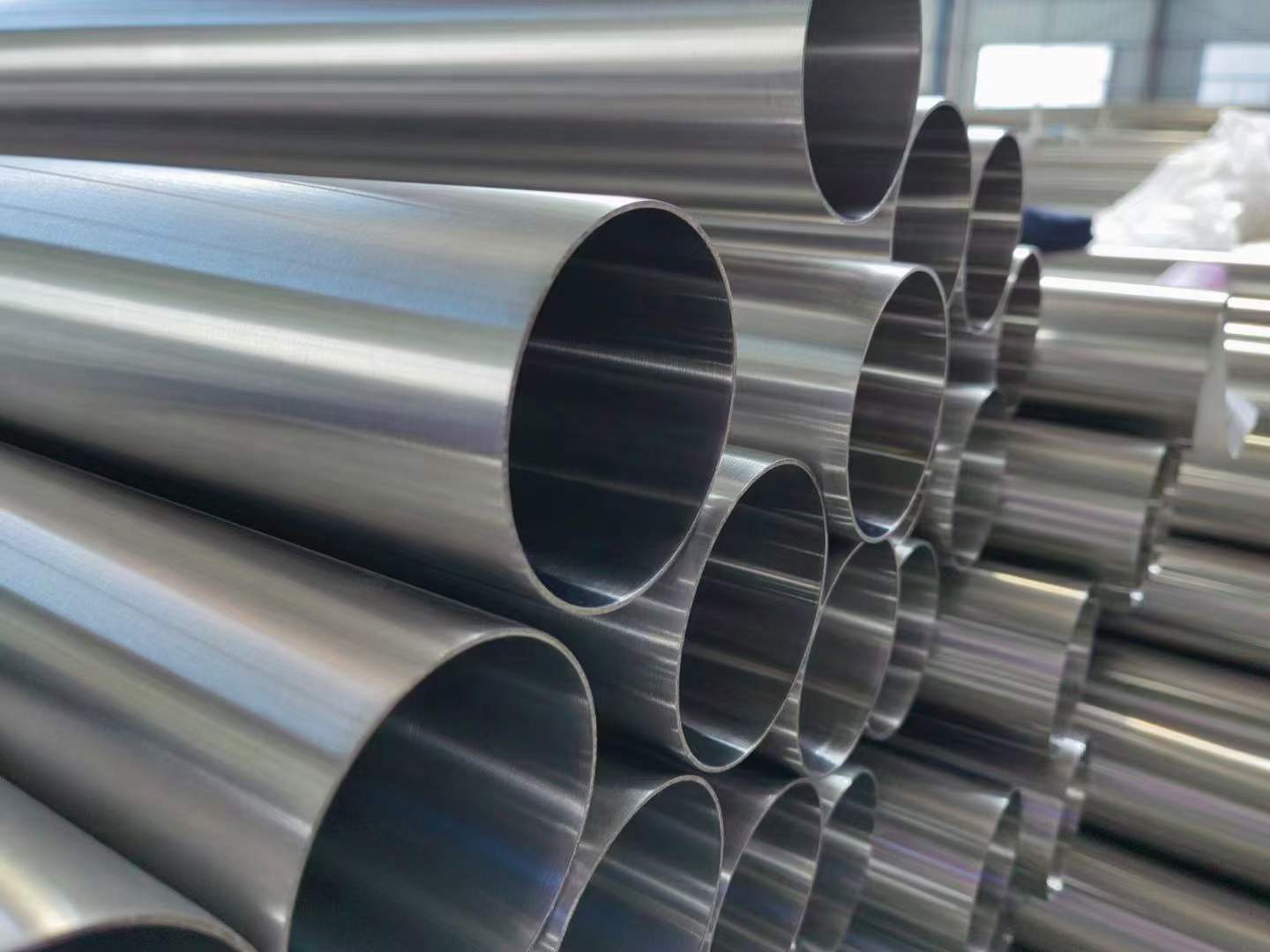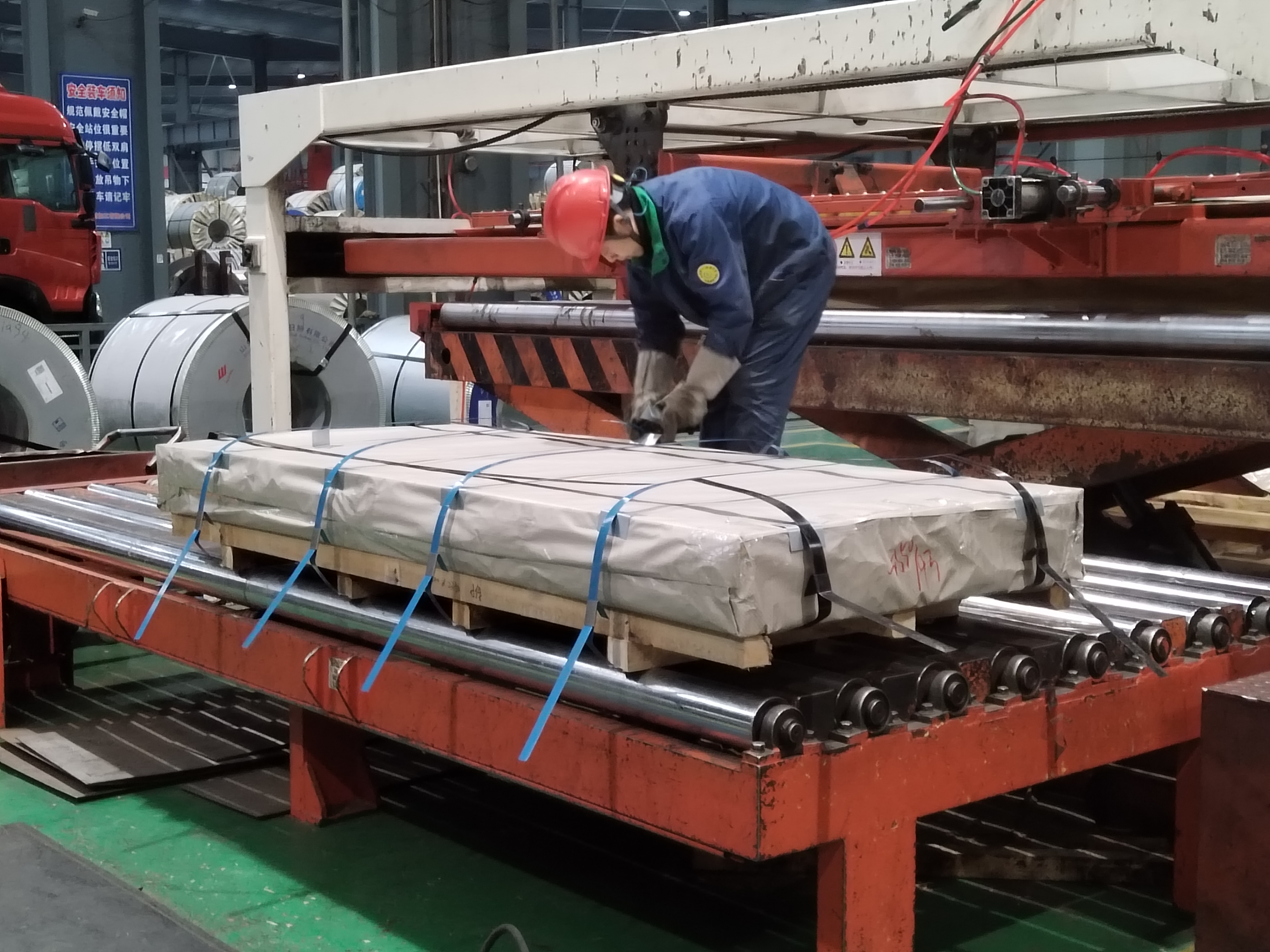What is 316L stainless steel?
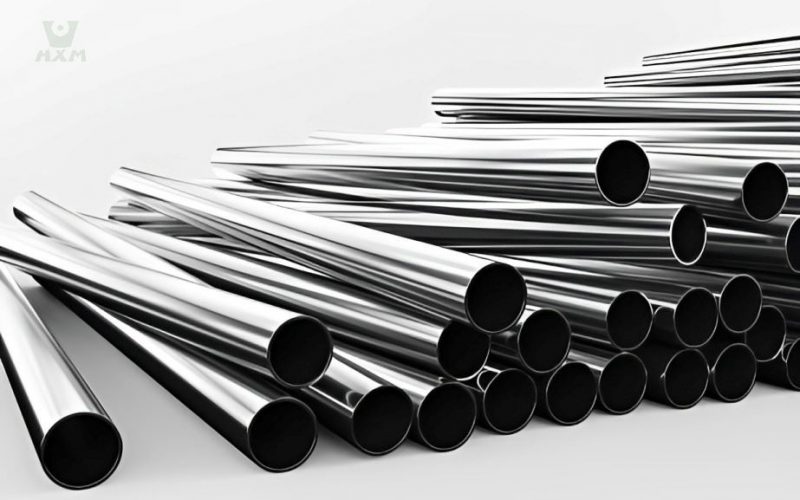
In exploring the world of stainless steel materials, we often hear about “316 stainless steel” which is known for its excellent properties and wide range of applications. However, there is another variant of this family of materials that gets a lot of attention, and that is “316L stainless steel”. This “316L” is not just a variation of a letter, but a stainless steel with unique properties and applications.
What is 316L stainless steel?
316L stainless steel is an ultra-low carbon, highly corrosion-resistant austenitic stainless steel, belonging to the improved type of 316 stainless steel. Its chemical composition mainly includes iron, chromium, nickel, and a small amount of molybdenum, titanium, and other elements. Among them, the content of chromium is more than 18%, and the content of nickel is more than 12%. These elements’ specific proportions and content make 316L stainless steel have excellent corrosion resistance, especially in the chlorine ion environment.
In metallurgy, austenite is a metallic crystal structure, and 316L stainless steel is also austenitic at room temperature. However, compared to 316 stainless steel, 316L stainless steel has a lower carbon content, which makes its corrosion resistance even better. In the manufacturing process, to achieve better corrosion resistance, 316L stainless steel usually needs to undergo solution treatment and aging treatment to obtain finer grains and higher strength.
In addition to excellent corrosion resistance, 316L stainless steel has excellent high-temperature performance and machinability. Under high-temperature environments, 316L stainless steel can maintain excellent mechanical properties and corrosion resistance, so it is widely used in high-temperature chemical plants, oil refineries, and other fields. In addition, because of its good processing performance, 316L stainless steel can be processed into various shapes and specifications of products, such as pipe, plate, coil, bar, etc.
chemical components of 316L Stainless Steel
316L stainless steel is a low carbon type stainless steel alloy with a slightly different chemical composition than regular 316 stainless steel. Its main chemical composition is as follows:
| 316L | C% | Si% | Mn% | P% | S% | Ni% | Cr% | Mo% | N |
| ASTM A240/ASME SA240 | ≤ 0.03 | ≤ 0.75 | ≤ 2.00 | ≤ 0.045 | ≤ 0.030 | 10.0-14.0 | 16.0-18.0 | 2.0-3.0 | ≤ 0.10 |
| EN 10028-7 | ≤ 0.03 | ≤ 1.00 | ≤ 2.00 | ≤ 0.045 | ≤ 0.030 | 10.0-13.0 | 16.0-18.0 | 2.0-2.5 | ≤ 0.11 |
| JIS G4304/4305 | ≤ 0.03 | ≤ 1.00 | ≤ 2.00 | ≤ 0.045 | ≤ 0.030 | 10.0-14.0 | 16.0-18.0 | 2.0-3.0 | ≤ 0.11 |
| GB/T 4237/4238 | ≤ 0.03 | ≤ 1.00 | ≤ 2.00 | ≤ 0.045 | ≤ 0.030 | 10.0-14.0 | 16.0-18.0 | 2.0-3.0 | ≤ 0.10 |
- Chromium (Cr): Chromium is one of the main components of 316L stainless steel, accounting for about 16-18%. The presence of chromium forms a protective layer known as the "chromium oxide film", which gives the stainless steel excellent corrosion resistance.
- Nickel (Ni): The nickel content of 316L stainless steel is in the range of 10-14%. The addition of nickel enhances the corrosion resistance of the stainless steel and improves its oxidation resistance, while also giving it good cold working properties.
- Molybdenum (Mo): Molybdenum content is typically in the range of 2-3%. The presence of molybdenum improves the stability of 316L stainless steel in high temperature and corrosive environments, especially in the presence of acids and chlorides.
- Low Carbon (C): 316L stainless steel has a lower carbon content of around 0.03% compared to 316 stainless steel. This low carbon content helps avoid the formation of carbides during welding, improving the corrosion resistance and mechanical properties of the stainless steel.
These precisely controlled chemical compositions give 316L stainless steel excellent corrosion and heat resistance as well as good mechanical properties for a wide range of applications such as medical devices, food processing, chemicals, and marine engineering. For 316L stainless steel suppliers, precise control of these compositions is an important part of ensuring the production of high-quality 316L stainless steel products.
properties of 316L stainless steel
Among the many stainless steel materials, 316L stainless steel is highly regarded for its unique properties and wide range of applications. Its properties in terms of chemical composition, corrosion resistance, and mechanical strength have made it the material of choice in several industries. Let’s delve deeper into the properties of 316L stainless steel and reveal its importance in engineering and manufacturing.
| Physical Property | Value and Unit |
|---|---|
| Density | ~8,000 kg/m³ |
| Melting Point | 1375-1400 °C |
| Specific Heat Capacity | 500 J/(kg·K) |
| Thermal Conductivity | 16.2 W/(m·K) |
| Electrical Resistivity | 7.4 × 10^-7 Ω·m |
| Magnetic Permeability | 1.02 (Approx.) |
| Mechanical Property | Value and Unit |
|---|---|
| Tensile Strength | 485 MPa |
| Yield Strength | ≥ 170 MPa |
| Elongation at Break | ≥ 40% |
| Hardness (Brinell) | ≤ 217 HB |
| Hardness (Rockwell B) | ≤ 95 HRB |
| Impact Strength | 79 J |
| Fatigue Strength | 186 MPa (at 2×10^7 cycles) |
- Corrosion Resistance: 316L stainless steel exhibits excellent corrosion resistance in a wide range of corrosive media, particularly in chloride environments such as seawater or in the presence of chlorides in the chemical industry.
- High Temperature Stability: Good high temperature stability, able to maintain its structural integrity and corrosion resistance in high temperature environments, suitable for high temperature treatment and long-lasting use scenarios.
- Strength and toughness: 316L stainless steel has good mechanical strength and toughness, its tensile strength in the range of 500-700 MPa, yield strength in ≥ 170 MPa or more.
- Low Temperature Properties: 316L maintains its excellent properties at low temperatures and has good resistance to shock and vibration, which is suitable for engineering applications under extreme conditions.
These properties make 316L stainless steel one of the preferred materials in many fields, especially in applications requiring high corrosion resistance, high strength and heat resistance.
316LVS 316 stainless steel
There are small but significant differences in chemical composition between 316L stainless steel and 316 stainless steel. The main difference is the low carbon content in 316L (around 0.03%), which makes 316L stainless steel more weldable, avoids carbide formation, and improves durability in corrosive environments. In addition, 316L is more suitable for specific applications, such as medical device manufacturing and food processing, because it is more biocompatible and easier to clean.
| Properties | 316 Stainless Steel | 316L Stainless Steel |
|---|---|---|
| Chemical Composition | Higher carbon content (≤ 0.08%) | Lower carbon content (approx. 0.03%) |
| Corrosion Resistance | Excellent | Enhanced in aggressive environments |
| Weldability | Good | Better due to reduced risk of carbide precipitation |
| Biocompatibility | – | Higher due to reduced carbon content |
| Strength | Slightly higher | Slightly lower |
| Usage | General applications in engineering | Specialized applications like medical, food processing, and chemical industries requiring higher corrosion resistance and biocompatibility |
Applications of 316L Stainless Steel
316L stainless steel finds widespread use across numerous industries and sectors that require a combination of excellent corrosion resistance, durability, and hygiene. Industries such as medical, marine, food processing, pharmaceuticals, chemical, and petrochemical rely on the exceptional properties of 316L stainless steel to meet their stringent requirements.

medical field
In the medical field, 316L stainless steel is utilized in surgical instruments, implants, medical equipment, and dental tools due to its biocompatibility, ease of sterilization, and resistance to body fluids and acids.
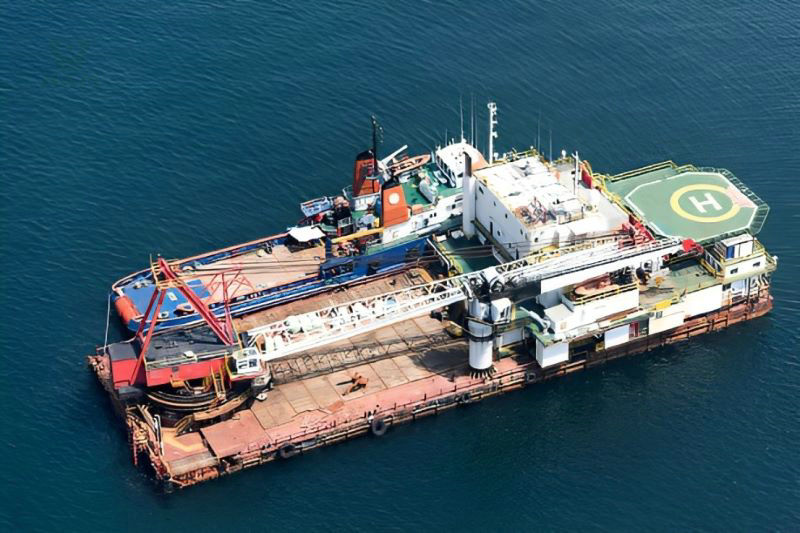
marine industry
In the marine industry, 316L stainless steel is employed in boat fittings, offshore structures, and components exposed to seawater and harsh environments. Its high corrosion resistance protects against saltwater, humidity, and atmospheric conditions.
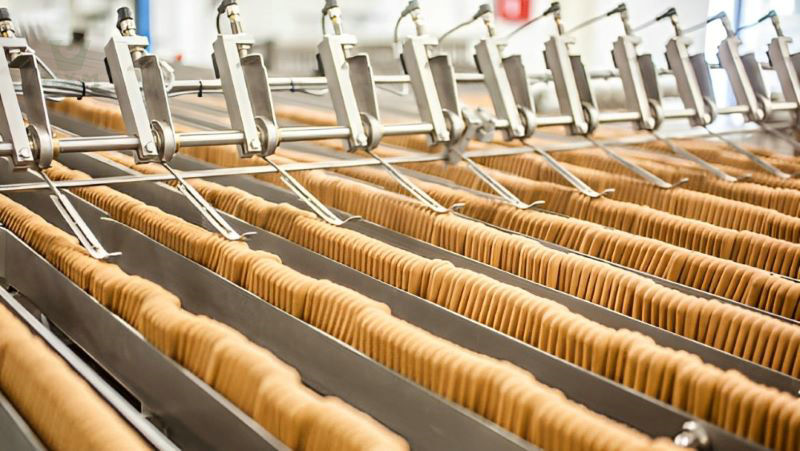
food processing industry
The food processing industry utilizes 316L stainless steel for equipment like storage tanks, piping systems, and food handling surfaces. Its corrosion resistance, easy cleaning, and non-reactivity with food make it ideal for maintaining sanitary conditions.
Conclusion
In summary, 316L stainless steel stands as a pivotal material in various industries owing to its distinct properties. With a reduced carbon content compared to 316 stainless steel, it offers enhanced corrosion resistance and weldability. This variant’s significance lies in its application across specialized sectors like medical devices, food processing, and chemical industries where higher corrosion resistance, biocompatibility, and weld quality are crucial.
The role of the 316L stainless steel supplier is imperative in ensuring the provision of high-quality materials that meet stringent industry demands. Their commitment to precise chemical compositions and manufacturing processes ensures the reliability and performance of 316L in critical applications.
The exploration of 316L stainless steel offers a glimpse into the fascinating world of material science and engineering. Understanding its unique properties and applications sparks inspiration for innovation and research, encouraging the pursuit of advanced materials that cater to evolving industrial needs. Looking ahead, advancements in the realm of stainless steel alloys, guided by precision manufacturing, hold the promise of breakthroughs that will further revolutionize industries and contribute to technological progress.
As we delve deeper into the realms of metallurgy and engineering, the evolution of materials like 316L stainless steel signifies an exciting journey toward improved performance, reliability, and sustainability in diverse sectors.
Table of Contents
Huaxiao Stainless Steel is Here to Help
The key difference between 316L and 316 stainless steel is the carbon content. While 316L has a maximum carbon content of only 0.03%, 316 has a maximum carbon content of 0.08%.
At Huaxiao Stainless Steel, we provide an inventory of stainless steel products, including 304L/304 stainless steel, 316L/316 stainless steel, and more.
Contact us today to learn more about our Stainless Steel Products selection. You can also request a quote to start your order.
Maybe You Reads


